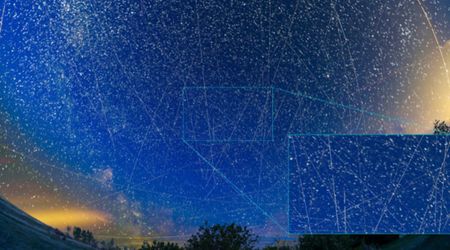U.S. Space Force awards Raytheon a $379 million contract extension for its GPS ground control system

Raytheon secured a $379.7 million contract from the U.S. Space Force to continue its ongoing work on Next Generation Operational Control System (OCX), a significant upgrade for the Global Positioning System (GPS) configuration. This development faced a setback of more than eight years from the planned schedule, according to Space News. The extension was announced on May 21 by the Department of Defense, which followed a $196.7 million award in November 2024, adding another year of work for operational readiness by 2026.

The Department of Defense noted that the total value of the OCX contract, considering all options, amounted to approximately $4.6 billion. Raytheon was selected as the prime contractor for OCX in 2010 by the U.S. Air Force. The initial contract was valued at $1.5 billion, and the space business, such as the OCX program, was based in Aurora, Colorado. OCX is made to revolutionize the command and control of the U.S. GPS satellite constellation. This upgrade will help manage both the present and next-generation satellites of the constellation system.
$RTX RTX awarded $379.78M Air Force contract modification
— DonCorleone77 (@CorleoneDon77) May 21, 2025
RTX has been awarded a $379.78M contract modification to a previously awarded contract for global positioning system next generation operational control system and pre-operational acceptance support and post-operational…
Such modifications will improve cybersecurity, broaden compatibility with civil and military navigation signals, and support new encrypted features. These characteristics will help enhance resilience in a challenging environment. However, OCX also represents the struggle faced by the Pentagon to operate and maintain complex software development. The program suffered multiple setbacks and delays, with the original delivery scheduled in 2018. It was a result of the scope of the program, increasing its technical complexity and requiring larger reforms in defense acquisition policy.

“The OCX program remains challenging, highlighting the difficulties of developing complex C2 (command and control) systems concurrently with large-scale software, a practice we aim to avoid in the future,” commented Major General Stephen G. Purdy, the acting assistant secretary for space acquisition at Space Force. This confession was included in a statement to the House Armed Services Committee’s strategic forces panel, according to Space News. Purdy, however, also mentioned that OCX was progressing with 130 successful operational contacts with legacy GPS satellites.
Raytheon secures $380 million contract extension for GPS ground control system https://t.co/ypx5N9Szho pic.twitter.com/anbFShpkZY
— SpaceNews (@SpaceNews_Inc) May 23, 2025
The system also broadcasts its first OCX-generated signal, tracked by a monitoring station. The completed system is expected to be delivered to the Space Force’s Space Operations Command by fall. A formal trial period and phased transition from the existing ground control architecture to OCX will then be initiated. If given the green light, this process of trial and transition will be done by early 2026. This handover, known as the “constellation transfer event,” will happen over eight weeks to reduce the chances of service disruptions.

The Space Force is rushing with their plans for OCX as the Pentagon wants to avoid future delays from software procurement and development. Defense Secretary Pete Hegseth issued that all military branches stop traditional, hardware-heavy procurement models. This decision was to enhance a faster, software-first approach to highlight multiple components and architectural frameworks for commercial innovation. A completed and fully operational system is expected by spring 2026, and the system will have at least 31 operational satellites 12,500 miles above Earth.









